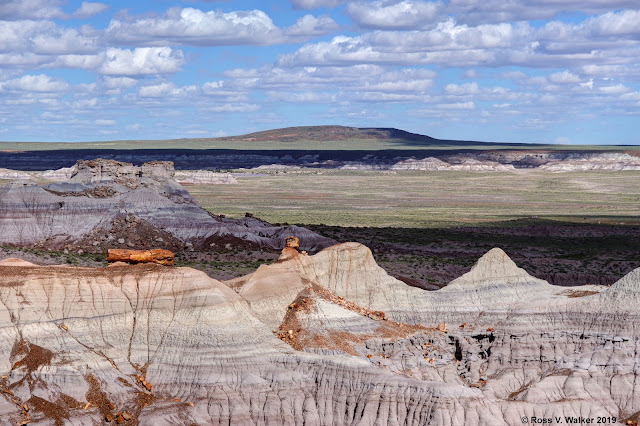It has been a long time since I posted anything to this
blog. Some problems kept us from getting
out much, but we hope to do better soon.
This is the story of a living nativity staged every year
just before Christmas in Montpelier, Idaho.
Over the years it has been presented in various locations around town,
and I think this year at Wells Stock Park near the National Oregon California
Trail Center is the best one yet.
Joseph led a donkey with Mary riding through the snow. A manger was set up under a tree and the wise men visited Joseph, Mary, and the baby Jesus while shepherds looked on. There were even two camels.
It was a cold day just a few hours after a big snowstorm, and a local caterer, David Ream, supplied homemade donuts and hot chocolate. David has been instrumental in putting this event together over the years. Despite the cold, a good crowd listened to him tell the story of the baby Jesus’ birth in the manger. There was live music and kids scrambled to have their pictures taken with the animals.

It isn’t every day we see camels in the snow in Montpelier. They were very friendly, but “Dude” snacked on the pine trees around the Oregon Trail center.
The community is grateful to Jeral and Jenine
Williams for bringing the animals from Pine Tree Dairy in Idaho Falls every
winter. This year, the roads were terrible,
but they still made it.
This sort of event helps us remember what Christmas is
really about. We can forget the
commercialism and stress for a little while and reflect on the birth of Christ.
I hope you enjoy the photos and story, but please remember
that my photos are copyrighted and must not be used without permission.























